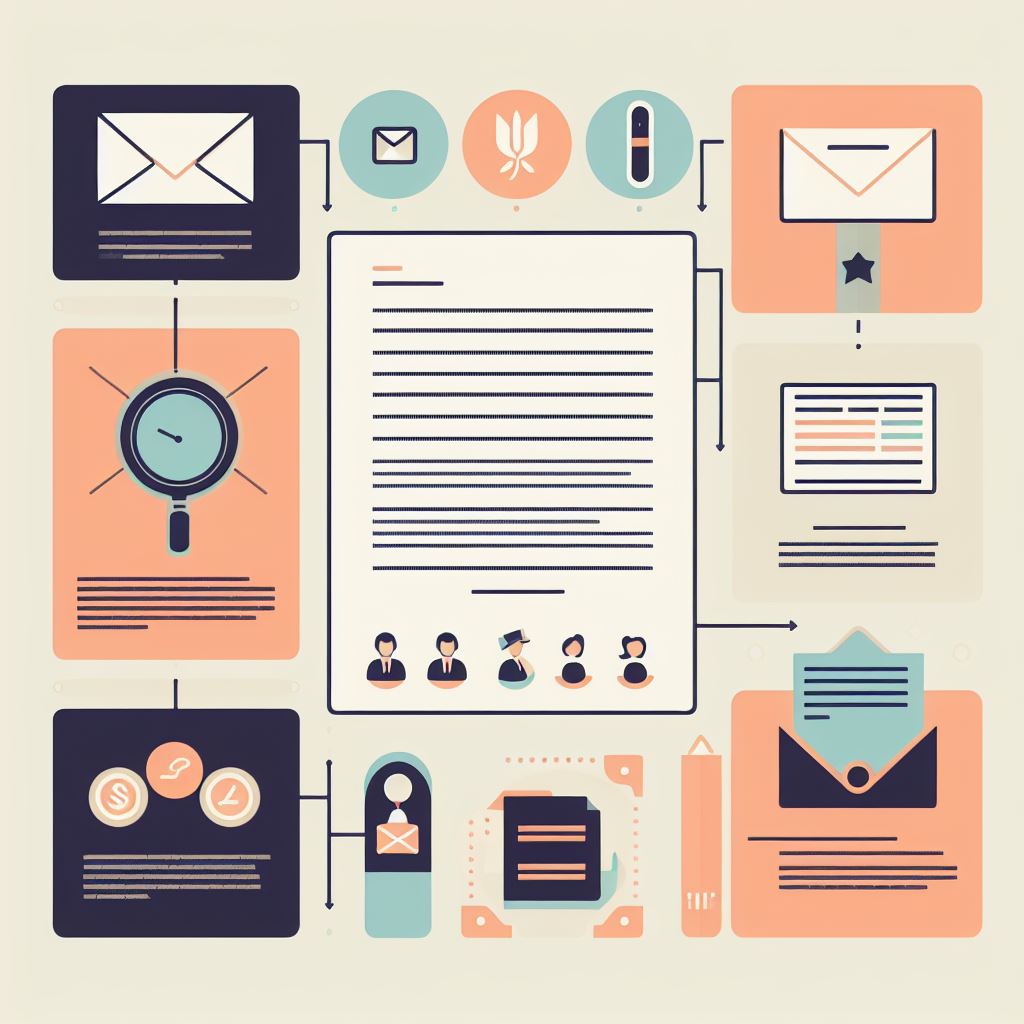Crafting Polished and Professional Formal Letters: A Comprehensive Guide
In today’s fast-paced digital world, where communication often happens in the blink of an eye, the art of crafting a formal letter remains a timeless skill. Whether you are applying for a job, communicating with a business associate, or engaging in academic exchanges, formal letters play a pivotal role in establishing professionalism and leaving a lasting impression. Section Subsections Introduction – Capturing Attention in Professional Communication– Objectives of the Comprehensive Guide The Significance of Formal Letters in Today’s World – Enduring Relevance in a Digital Age– Diverse Applications of Formal Letters Essential Elements of a Formal Letter – Structural Components: Header, Salutation, Body, Closing, Signature– Importance of Maintaining a Consistent Professional Tone Crafting a Compelling Letter Body – Structuring the Body for Clarity and Conciseness– Emphasizing Specific Examples and Supporting Evidence Language and Style: Achieving Professionalism – Tips on Vocabulary and Grammar Selection– Avoiding Colloquialisms and Complex Sentences Formatting and Presentation: Creating a Polished Appearance – Adhering to Standard Formatting Guidelines– Significance of Careful Proofreading Self-Publishing vs. Traditional Publishing: Navigating the Publishing Landscape – Introduction to Self-Publishing– Pros and Cons of Self-Publishing vs. Traditional Publishing Additional Resources for Aspiring Authors – Curated List of Helpful Resources– Ebook Conversion Services and Publishing Platforms Conclusion – Reiterating the Importance of Formal Letters– Encouragement to Apply Tips and Resources for Skill Enhancement The Significance of Formal Letters in Today’s World In an era dominated by emails and instant messaging, the enduring relevance of formal letters cannot be overstated. They hold a unique ability to convey gravitas and professionalism, setting a tone that resonates with the seriousness of the message being communicated. As we navigate the digital age, the distinctiveness of a well-crafted formal letter stands out amidst the sea of electronic communication. The applications of formal letters are diverse, ranging from job applications that demand a polished introduction to business correspondences requiring a tactful touch. Academic exchanges, too, often rely on formal letters to articulate thoughts and proposals with precision. In a world inundated with digital interactions, the power of a thoughtfully composed formal letter remains unparalleled. Essential Elements of a Formal Letter To master the art of formal letter writing, understanding its essential elements is crucial. The structural components, including the header, salutation, body paragraphs, closing, and signature, contribute to the overall professionalism of the letter. Consistency in maintaining a professional tone and using appropriate language throughout the letter further enhances its impact. When crafting a formal letter, it’s imperative to consider the recipient’s perspective. Tailoring the language and tone to suit the nature of the communication ensures that the letter resonates with the intended audience. Whether addressing a potential employer or a business partner, clarity and professionalism should be at the forefront of every word. Crafting a Compelling Letter Body The body of a formal letter serves as the heart of the communication, requiring careful structuring for maximum impact. Emphasizing clarity, conciseness, and logical flow is paramount. A well-structured letter body ensures that the message is communicated effectively, leaving no room for ambiguity. To elevate the persuasiveness of the letter, incorporating specific examples and supporting evidence is key. Whether substantiating a job application or presenting a business proposal, tangible examples strengthen the letter’s message, instilling confidence in the reader. In the world of formal letters, precision and detail are the cornerstones of effective communication. Language and Style: Achieving Professionalism Selecting the right vocabulary and maintaining grammatical accuracy are crucial components of achieving a professional tone in formal letters. It’s essential to strike a balance between formality and approachability, avoiding colloquialisms, jargon, and overly complex sentences that may compromise the letter’s professionalism. As authors seek to refine their letter-writing skills, they can draw inspiration from a curated list of helpful resources. Self-publishing platforms and academic book publishers often provide valuable insights into effective communication. Additionally, exploring poetry publishing companies and book publishing companies can offer diverse perspectives on language and style. Formatting and Presentation: Creating a Polished Appearance The visual impact of a formal letter should not be underestimated. Adhering to standard formatting guidelines, including careful consideration of font selection, margins, and spacing, contributes to a polished appearance. Proofreading is equally critical, eliminating any grammatical errors or typos that might detract from the letter’s professionalism. Self-Publishing vs. Traditional Publishing: Navigating the Publishing Landscape In the realm of publishing, authors are presented with a choice between self-publishing and traditional publishing routes. The growing popularity of self-publishing opens new avenues for authors to bring their work to the world. However, it’s essential to weigh the pros and cons against the traditional publishing landscape before making a decision. Additional Resources for Aspiring Authors For authors seeking to navigate the publishing landscape, a plethora of resources are available. Ebook conversion services can assist in transforming manuscripts into digital formats, while academic book publishers offer specialized expertise. Aspiring poets can explore poetry publishing companies to find platforms that resonate with their creative expressions. Conclusion In conclusion, the importance of formal letters in professional communication cannot be overstated. As authors strive to master the art of crafting polished and effective correspondence, applying the provided tips and resources becomes instrumental. Just as in the world of publishing, where authors decide between self-publishing and traditional routes, the journey of letter writing is a nuanced exploration of language, tone, and professionalism. Embrace the power of formal letters, and let your words leave a lasting imprint in the minds of your readers. Certainly! Let’s address each of your FAQ questions with detailed answers and external sources where applicable: istolary literature. These detailed answers and external sources should provide comprehensive insights into the various aspects of formal and professional letter writing.
Crafting Polished and Professional Formal Letters: A Comprehensive Guide Read More »
